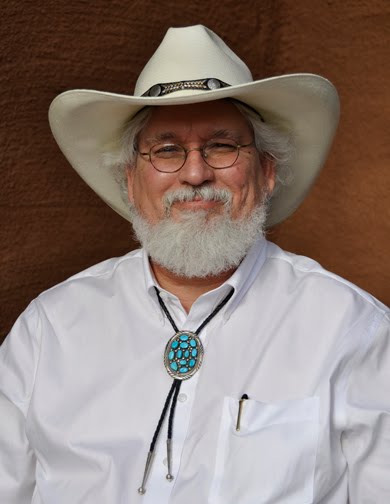I traveled to four different New Mexico Rio Grande pueblos over the past two weekends in pursuit of Native American art works. To my great joy, two of the Pueblos were conducting their seasonal buffalo dances. Some of he dancers were dressed to represent deer, antelope, and buffalo. Jewelry was plentiful among both the performers and Native American spectators. The buffalo were cast in a very dark skin paint and equipped with bow and arrow. Photography was not permitted; nonetheless, the first image below closely approximates the impressive look of buffalo dancers I observed. I was so fascinated by the whole of the buffalo that I failed to mentally register detail of their ornamental jewelry.
 |
| Sia (Zia) Buffalo Dancer Edward Curtis, 1926 _______________________________________________________________________ |


















